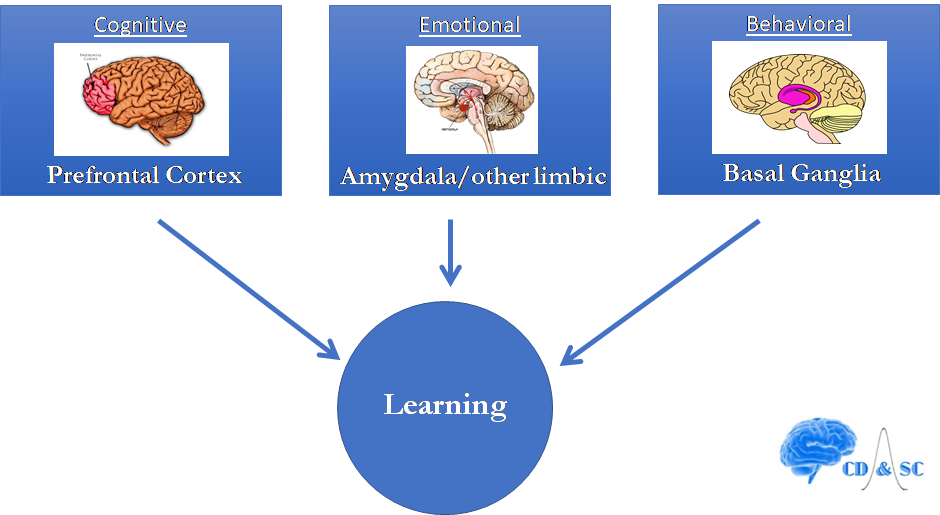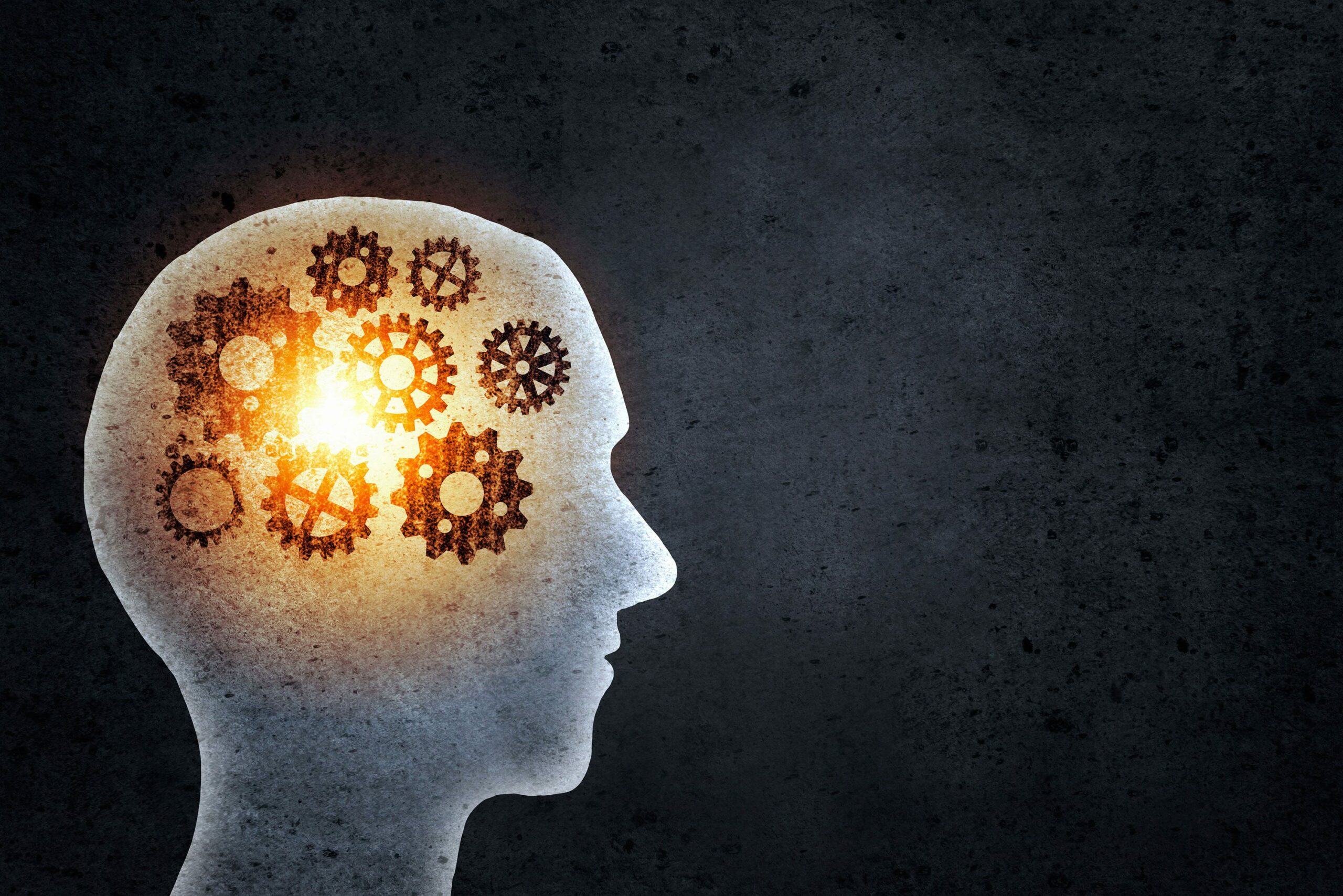Measures of intelligence, such as the Wechsler Adult Intelligence Scale, are designed to quantify intelligence by measuring cognitive abilities such as knowledge and abstract reasoning. I refer to this as “cognitive intelligence” because the emphasis is on cognitive processing. Until recently, corporate learning and development focused predominantly on cognitive intelligence training, also referred to as hard skills training. This includes training employees on rules and regulations (compliance), or facts and knowledge about products, services and procedures.
Starting in the mid-1960s and entering the corporate mainstream in 1995 with the publication of Daniel Goleman’s book, “Emotional Intelligence,” the notion of emotional intelligence entered the corporate lexicon. Unlike the abstract knowledge and reasoning associated with cognitive intelligence, emotional intelligence focuses on the capacity to think and reason about one’s own emotions and those of others. Emotional intelligence allows one to discern different emotions and feelings and use emotional information to understand situations and guide thinking. Concepts such as empathy are central to emotional intelligence.
Corporate L&D has embraced the importance of emotional intelligence by allocating considerable resources to develop training content focused on emotional skills training, also referred to as soft skills. These include training focused on understanding harassment and unconscious bias, as well as training focused on effective communication, leadership and collaboration.
Behavioral Intelligence: The Missing Link
Although cognitive and emotional intelligence training is critical in the corporate sector, both emphasize the acquisition and application of knowledge. What is missing, or more accurately is misunderstood and poorly trained in corporate L&D, is behavioral intelligence. Behavioral intelligence refers to one’s ability to affect their environment through overt behavior. It is one thing to know the rules and regulations, to be able to identify harassment or understand the characteristics of a good leader, but it is different (and mediated by a different brain region) to know how to behave in accordance with the rules and regulations, how to behave respectfully and avoid harassing behavior, and how to behave as an effective leader. Behavior change is the goal of L&D, yet this is the least understood and, in many cases, most poorly trained.
Cognitive, Emotional and Behavioral Intelligence Systems in the Brain
Cognitive, emotional and behavioral intelligence training are each mediated by a distinct learning system in the brain, with each system having unique processing characteristics. The three learning systems in the brain are depicted in the schematic below.

Cognitive Intelligence Training: To train cognitive intelligence, one must engage the cognitive skills learning system in the brain that has evolved to obtain knowledge, facts and to reason abstractly. Cognitive skill learning is mediated by the prefrontal cortex, hippocampus and associated medial temporal lobe structures in the brain and relies heavily on working memory and attention. The goal of this system is to transfer knowledge from short-term memory in the prefrontal cortex to long term memory in the hippocampus and medial temporal lobes. Processing in this system is adversely affected by stress, pressure and anxiety, and is slow to develop, not reaching maturity until individuals are in their 20s, and beginning to decline in middle age.
Emotional Intelligence Training: To train emotional intelligence, one must engage the emotional learning system in the brain that has evolved to facilitate emotional understanding of oneself and others, and emotionally charged situations that involve conflict, stress, pressure and anxiety. The critical brain regions are the amygdala and other limbic structures. The detailed processing characteristics of this system are less understood than other learning systems in the brain, but emotional processing strongly affects both cognitive and behavioral skills learning and facilitates a nuanced understanding of people and situations.
Behavioral Intelligence Training: To train behavioral intelligence, one must engage the behavioral skills learning system in the brain. Behavioral skill learning is mediated by the basal ganglia and gradual, incremental dopamine-mediated changes in behavior. Interestingly, this system does not rely on working memory and attention. In fact, there is strong scientific evidence that “overthinking it” hinders behavioral skills learning. Processing in this system is optimized when behavior is interactive and is followed in real-time (literally within milliseconds) by corrective feedback. Behaviors that are rewarded will be more likely to occur in the future, and behaviors that are punished will be less likely to occur again. The goal of this system is to use incremental, dopamine-mediated learning in the basal ganglia to train cortico-cortical connections to drive behavior.
Effectiveness of L&D at Cognitive, Emotional and Behavioral Intelligence Training
In this section, I briefly evaluate the effectiveness of corporate L&D tools for training each type of intelligence. My approach is to determine whether each tool effectively recruits the brain system relevant to the task at hand.
Cognitive Intelligence (Hard Skills) Training: This system relies on working memory and attention, both of which are limited resources. Many corporate L&D tools take this into account and focus on brief, targeted training epochs, called microlearning. Advances in digital technologies that allow learning in the flow of work, and 24/7 availability on any device is advantageous for cognitive skills learning. Finally, some L&D vendors understand that one off learning is ineffective, and instead testing and spaced training is incorporated to speed the transition from short-term memory into long-term memory, and to fight against the forgetting curve.
Emotional Intelligence (Soft Skills) Training: To train soft skills one must engage the emotional skills learning system in the brain. Although many corporate training tools focus on “hard skills understanding of soft skills” by providing definitions and brief, microlearning examples, other tools are available that utilize scenario-based training approaches and leverage rich, contextual storytelling. Many of these tools complement video-based storytelling with objective testing and practice exercises to apply in the workplace. Perhaps even more exciting are virtual reality offerings. There is no better way to understand what it is like to be someone else than to “walk a mile in their shoes.” Virtual reality offers this type of experience that can be emotionally engaging and provide a brief, albeit powerful, understanding of another person.
Behavioral Intelligence (People and Technical Skills) Training: . Corporate L&D has focused heavily on hard skills (the “what”) and has broadened to soft/emotional skills (the “feel”). While both are important, it is behavior change that is needed in the workplace.
The critical issue with behavior change is feedback timing. Reward or punishment feedback must follow a behavior within fractions of a second to train the brain effectively. Role-play and simulation is often used, but is time consuming, costly and not scalable. Some innovative companies are exploring video-based behavior change methods, but the “devil is in the details,” and what may seem to be intuitively effective, may not be in reality. One must build behavior change tools that use brain science as the guide.
This is another area where virtual reality is taking hold. Imagine donning a VR headset and being transported into an interview, a performance review or a large meeting with one or many avatars or people. Image that you are the interviewer or interviewee, manager or employee and that the other individual can be of any gender, ethnicity, sexual orientation and can exhibit any personality or level of frustration. Imagine that they are responding (either via artificial intelligence or a live actor) to your behaviors and you to theirs and you are receiving real-time interactive reward and punishment feedback, all in a safe virtual environment that you can repeat to develop mastery. This technology holds the promise to be one of the best at engaging behavioral learning systems in the brain and leading to meaningful behavior change.















